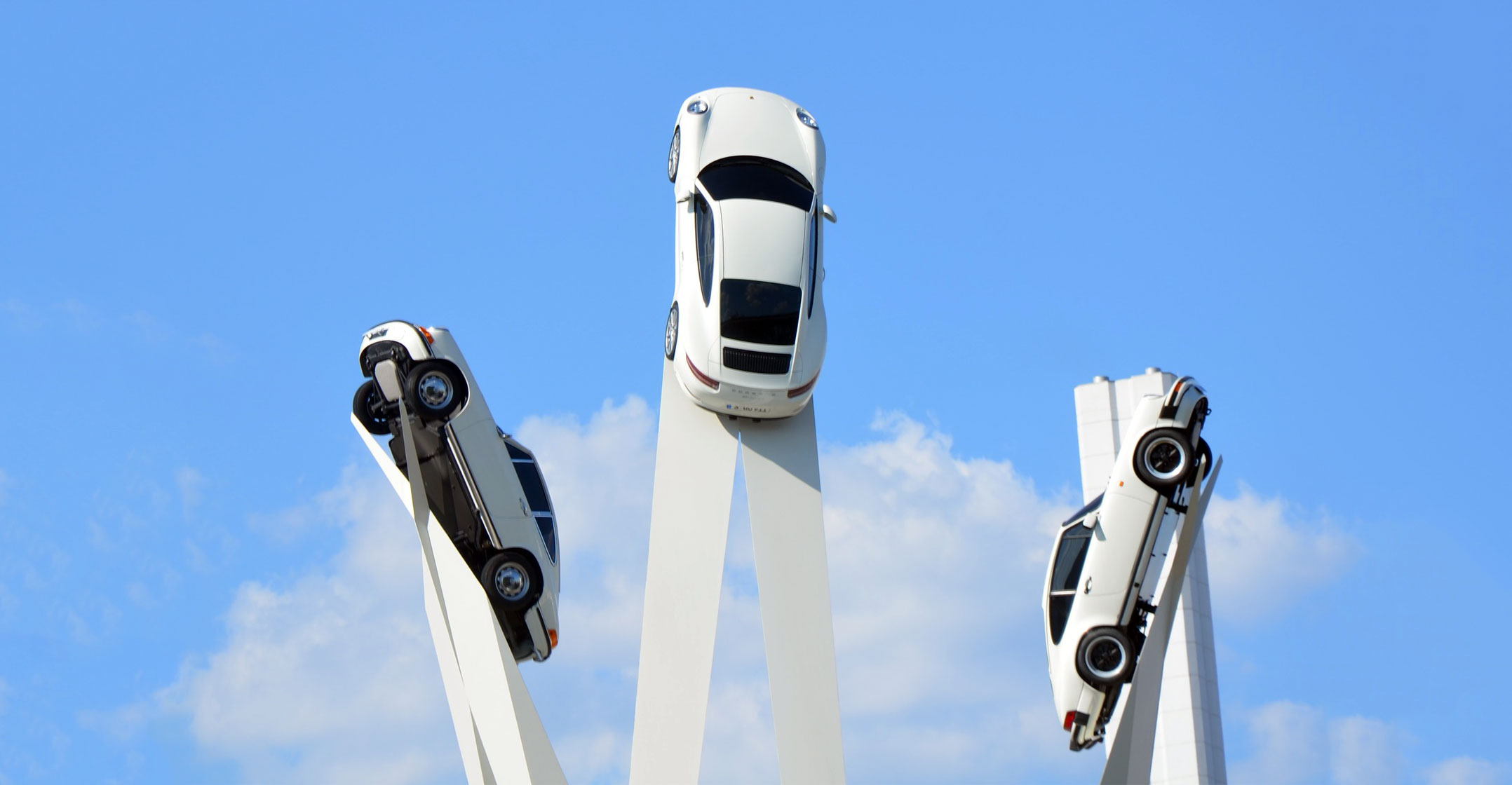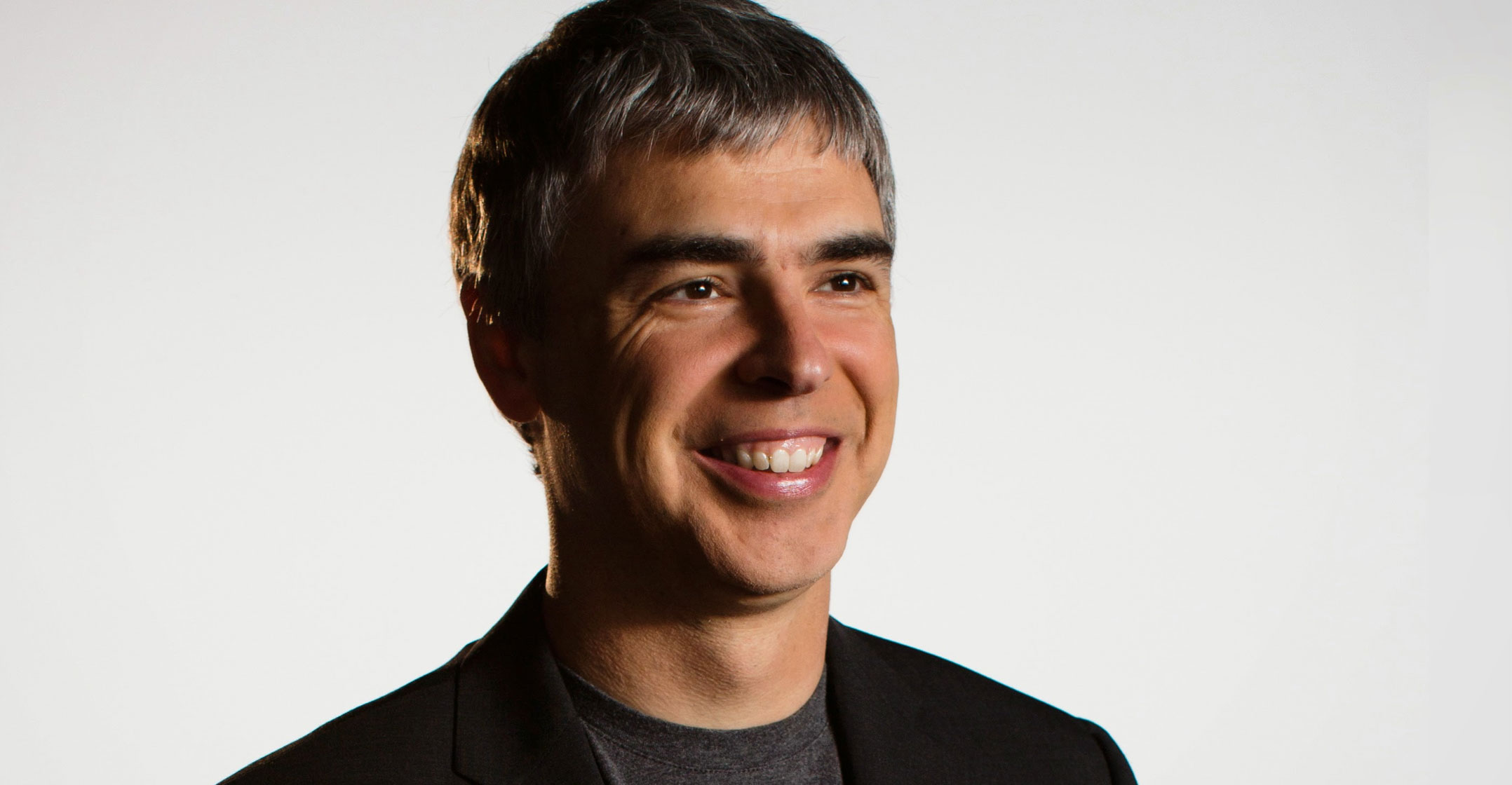 Flying cars! So futuristic! A world in which they’re buzzing around the skies must be dazzling — like a Popular Mechanics feature come to life!
Flying cars! So futuristic! A world in which they’re buzzing around the skies must be dazzling — like a Popular Mechanics feature come to life!
Well, yeah. About that. It seems increasingly likely that aerospace companies and start-ups are rushing to embrace a world of vertical take-off robotaxis. Just don’t be surprised if it looks a lot more like Blade Runner than The Jetsons.
A Boeing prototype flying taxi completed its first test flight on Tuesday and Airbus’s drone-style self-driving air taxi will follow within weeks — both of them trailing in the wake of Alphabet founder Larry Page, whose Kitty Hawk vehicle took its maiden flight in New Zealand last year. Even Japan, whose attachment to vintage technology like fax machines and cassette tapes is legendary, is getting in on the act.
It’s quite possible that these vehicles have a viable future, because they’re already a mature industry. In current parlance, “flying car” essentially means an aircraft that could take off and land vertically from a suburban backyard. But we have a name for those sorts of vehicles already: helicopters.
Of course, start talking about helicopters and you end up with a whole bunch of unsavoury associations: Brazilian billionaires soaring over chaotic megacities, a young Donald Trump flitting around 1980s Manhattan, Robert Duvall dropping napalm to the sound of Wagner in Apocalypse Now.
The truth is, they’re not so different. The reason helicopters are associated with the military and the ultra-rich while the rest of us get about on the ground or in fixed-wing airplanes is that they’re horribly inefficient and, as a result, expensive.
Airborne
In a conventional plane, lift is provided by the wings, so fuel is really only needed to drive the vehicle forward. (In one 2001 incident, pilots steered an A330 for about 144km over the Atlantic without power.) Rotorcraft such as helicopters and drones, on the other hand, use most of their fuel just staying airborne, and will start descending as soon as their engine cuts out.
Hybrid modes like the Boeing and Kitty Hawk air taxis and military vertical take-off vehicles like the Harrier and V-22 Osprey have wings for cruising flight, but still use prodigious amounts of energy to get airborne.
On top of that, there’s the size factor. The most efficient aircraft per passenger, per kilometer are mostly mid-size short-range jets like the Airbus A320 and Boeing 737 and turboprop-powered regional airliners like the Bombardier Dash-8. Larger aircraft do worse, in large part because of their long ranges and extra engines. Small planes carrying just a few passengers are equally bad.

The new breed of flying cars offers some additional cutting-edge features, of course, such as automated pilots and (in theory) the possibility of taking off and landing anywhere. Given the shaky safety record of autonomous cars and that two of the world’s busiest airports have been shut down by drones in recent weeks, you shouldn’t put too much store in that.
Commercial jets can already fly themselves in most circumstances, including landings. The reason pilots still exist is that passengers and people living under flight paths naturally expect aircraft to have a near-perfect safety record. That in turn requires onboard fail-safes and tight monitoring of urban airspace.
The challenges of traversing the world’s emerging metropolises without getting stuck in an endless traffic jam are substantial and likely to get more so in the coming decades. It’s no surprise that Boeing, Airbus and Alphabet’s Page see a substantial market for flying cars among the world’s emerging billionaire class. Still, it requires a grim vision of the future for that bet to pay off: a world in which megacities are gridlocked by decades of under-investment in infrastructure, while a growing class of ultra rich can spend lavishly to float above such constraints.
It’s ironic, then, that Japan of all places should be so excited by this technology. Tokyo is the exemplar of a radically different approach to urban transport: a metropolis of nearly 40 million people that nonetheless suffers minimal congestion, thanks to decades of spending on public transport.
Flying cars may have their share of whizz-bang charm for those who can afford them. For the rest of us, stuck on a sweaty train in the middle of an endless commute, more down-to-earth solutions look a lot more attractive. — Written by David Fickling, (c) 2019 Bloomberg LP

